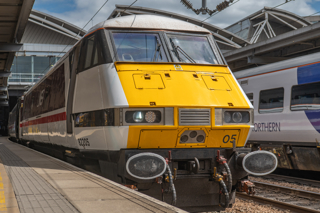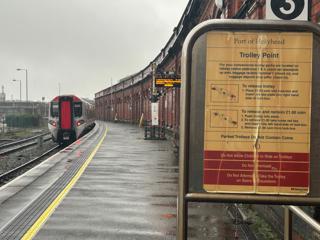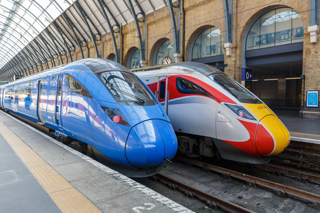The rail passenger network now generates enough income to cover day-to-day operating costs, with passenger numbers having doubled since privatisation in 1996/97.
That is the finding of the Rail Delivery Group (RDG), in its update of last year’s Growth and Prosperity report, authored by KPMG.
In 1996/97, 801 million passenger journeys were made, but in 2014/15 that figure had more than doubled to 1,654 million.
Growth is also at its highest levels in more than 60 years. Between 1950/51 and 2014/15 average passenger journey growth was 0.75% per year, and between 1979/80 and 1996/97 it was 0.41%. But since 1997/98 growth has been 4.02%, a tenfold increase on the previous 17 years. Freight volumes have also risen since privatisation, with a claimed increase in tonne-kilometres of 70% since the mid-1990s.
The RDG report makes comparisons with European networks, and reveals that between 1997/98 and 2012/13 (the latest year for which comparable figures are available), the number of UK passenger journeys grew by 75% compared with 37% for France, 21% for Germany and 18% for the Netherlands. The number of annual rail journeys per head of population rose by 60% in the same period for the UK (to 24.7) - just 0.2 journeys a year fewer than Germany (up 23%).
Criticism of high fares is somewhat countered by the finding that in 1997/98 the average price per passenger mile was 20.7p and in 2013/14 it was 22.1p. This increase of 6.7% over the period reflects passengers purchasing more discounted tickets, says the RDG.
Yields from season ticket fares have increased “slightly” in real terms, but it is claimed that those from other ticket types were the same as in 2003, in real terms.
When it comes to industry costs and revenues, the passenger farebox and other train company and Network Rail revenues make £9.5 billion per year, against operating costs of £9.7bn. Government funding of £3.8bn to Network Rail is claimed to be at the same level in real terms as in 1994-95.
Subsidy to train operators has fallen hugely. In 2001/02 it was £1.5bn, but in 2013/14 it was £140 million. And government funding per rail journey of £2.27 in 2013/14 is a third lower than in 1997/98 (the first full year of privatisation), when it was £3.38.
The number of staff employed by train companies has risen from 39,721 in 1997/98 to 51,975 in 2013/14, but costs of rolling stock leasing have remained stable at £1.3bn per year.
And train company operating margins are now lower than at any point since privatisation. From 3.6% in 1997/98 they peaked at 5.2% in 2003/04, but are now at 2.3%. The RDG credits this change to competitive bidding and the “prolonged impact” of the recession.
The number of services operating has soared by 28% since 1997/98, and until 2010/11 they were accommodated without compromising performance. Although punctuality has dipped since then, it is still significantly higher than in 1997/98.
Perhaps the most compelling finding of all, however, is that passenger journey growth has significantly outstripped that of Gross Domestic Product (GDP). Between 1979/80 and 1996/97 GDP grew by 45%, but the number of passenger journeys only increased by 7%. Between 1997/98 and 2014/15 GDP growth was 40%, but that of passenger journeys was 96%.















Login to comment
Comments
No comments have been made yet.